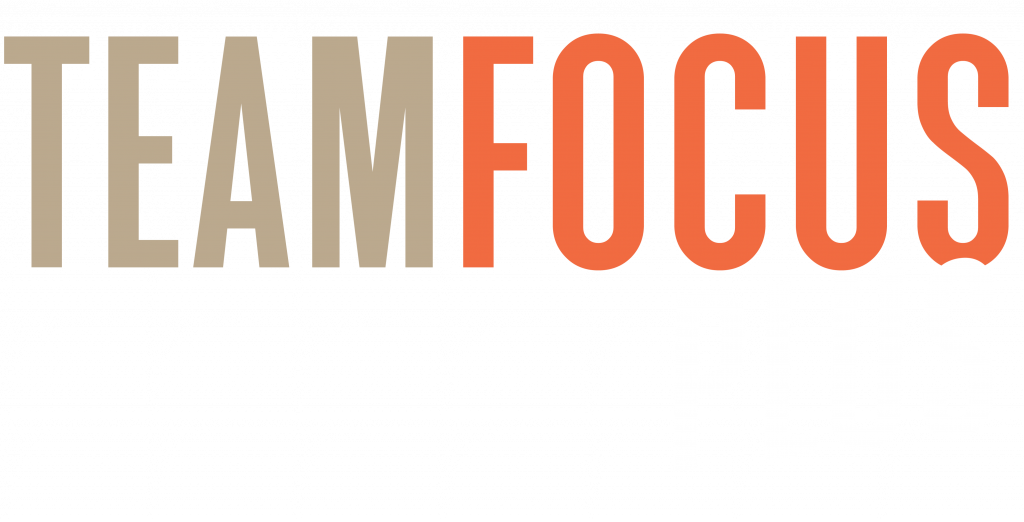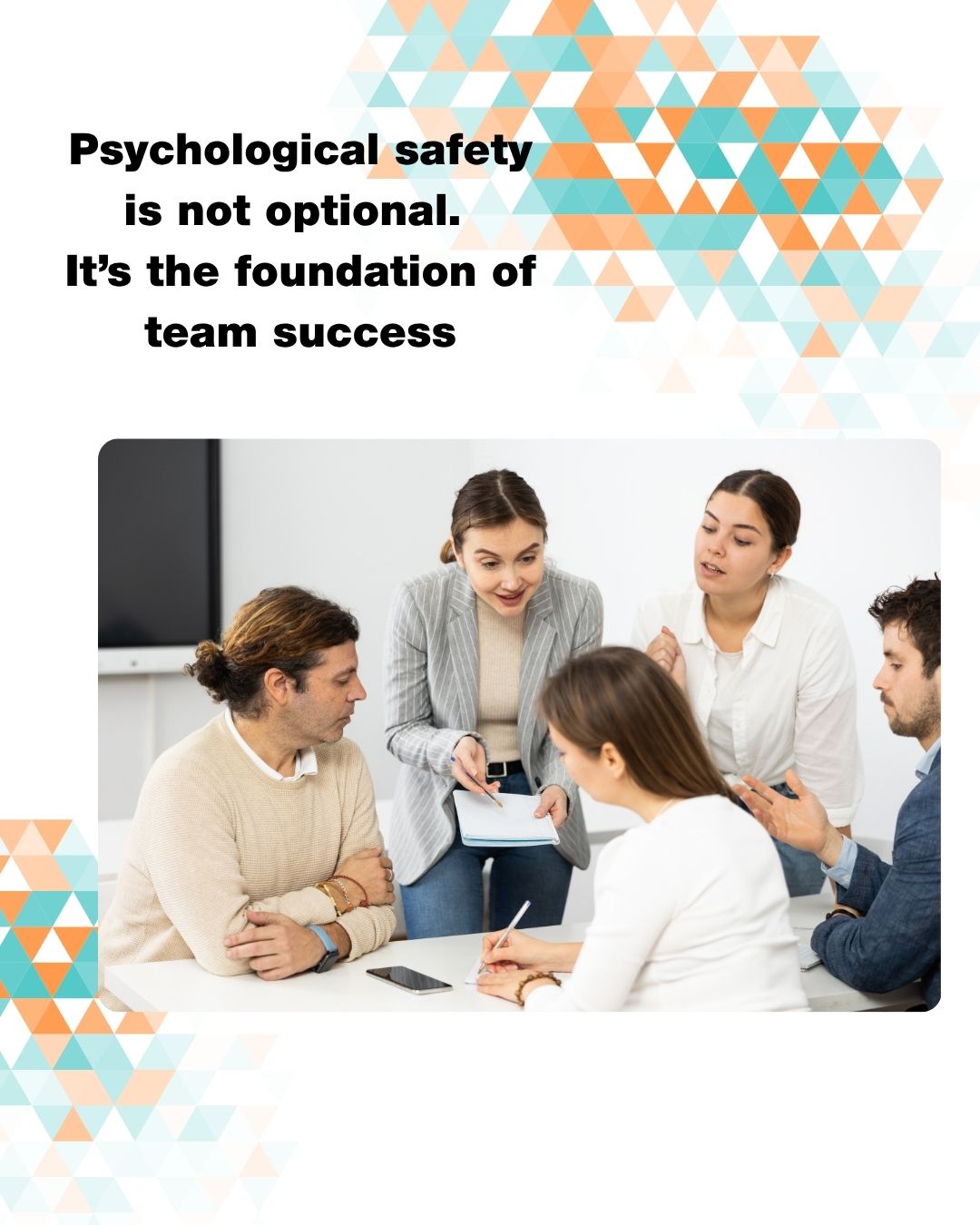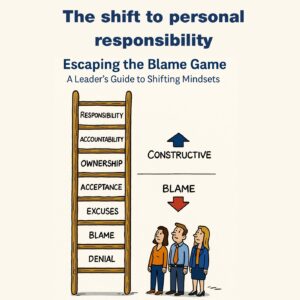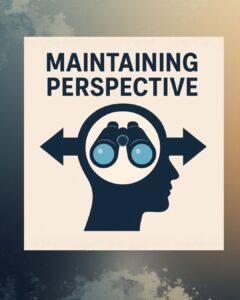Psychological Safety in the Workplace: The Secret to Team Success
If You’ve Seen It, You Know It
If you’ve ever seen someone ridiculed or put down for sharing an opinion, you’ve witnessed the opposite of psychological safety.
And here’s the truth: the way to get the most out of your team is to get the most out of your people. That won’t happen unless they feel safe to contribute. Creating a safe environment in teams is essential to unlocking potential and performance.
In the modern Australian workplace, team psychological safety is the hidden driver of trust, accountability, and innovation. Without it, collaboration and creativity collapse. With it, teams thrive.
What Psychological Safety Really Means
Psychological safety isn’t about being “nice” or avoiding difficult conversations. It’s about creating a culture where people feel safe to take interpersonal risks — to share ideas, admit mistakes, or challenge the status quo — without fear of embarrassment or criticism.
When people feel they can speak up freely, they contribute more fully, take ownership of results, and engage with purpose. That’s the foundation of psychological safety benefits — higher engagement, stronger relationships, and improved performance across the board.
The Link Between Trust, Safety, and Team Success
At Team Focus Plus, we’ve seen time and again that trust and safety in Australian business are the cornerstones of performance.
Psychological safety builds trust. Trust fuels healthy conflict and open dialogue. And from that comes commitment, accountability, and results.
Without it, leaders may notice teams avoiding honest feedback, playing the blame game, or hesitating to take initiative. These behaviours aren’t signs of incompetence — they’re signs of fear. If you want to know how to build psychological safety, start by reducing fear and increasing trust.
What Happens When It’s Missing
When leaders don’t actively create psychological safety at work, the symptoms are easy to spot:
People stay silent instead of suggesting solutions.
Blame replaces ownership.
Micromanagement becomes the default leadership style.
Teams focus on self-protection instead of collaboration.
Over time, innovation slows, morale drops, and turnover rises. For many Australian SMEs, these cultural problems quietly limit growth far more than market competition does.
A Case Example – An Australian SME
A Melbourne-based IT firm was struggling with staff turnover and poor collaboration. Employees felt dismissed in meetings and were afraid to admit errors. The leadership team decided to encourage team contribution safely by introducing a simple post-project review model:
What did we do well?
What would we do differently next time?
By normalising open reflection and constructive discussion, leaders created a safe environment in teams where feedback was valued, not feared. Within six months, staff engagement increased, performance improved, and client satisfaction scores rose.
This simple change demonstrated one of the most powerful psychological safety benefits — turning mistakes into learning moments and feedback into growth.
How Leaders Can Build Psychological Safety
Leaders and psychological safety go hand in hand. Creating the right environment requires consistent behaviours, not just policies. Here’s how to start:
Model vulnerability: Admit when you don’t have all the answers. It shows courage and builds trust.
Set clear expectations: Accountability feels safe when people know what success looks like.
Encourage constructive conflict: Healthy debate strengthens decisions and builds respect.
Coach, don’t control: Replace micromanagement with short, supportive coaching conversations.
Recognise learning: Celebrate reflection and progress, not just outcomes.
These practices are at the heart of how to build psychological safety — they show that people’s voices matter.
The Bottom Line
If your people don’t feel safe, they won’t speak up — and your team won’t reach its full potential.
In every Australian workplace, team psychological safety is the foundation of trust, innovation, and resilience. When leaders commit to creating psychological safety at work, they build teams that learn faster, collaborate better, and perform stronger.
Because in the end, team success and psychological safety are inseparable — when people feel safe to contribute, your business thrives.
Explore our Leadership Development Solutions or contact us to learn more:
📞 Call 1300 551 274
📧 Email: team@teamfocusplus.com
Stay Connected
Sign up for our newsletter to get updates on upcoming workshops and transformational leadership programs.





